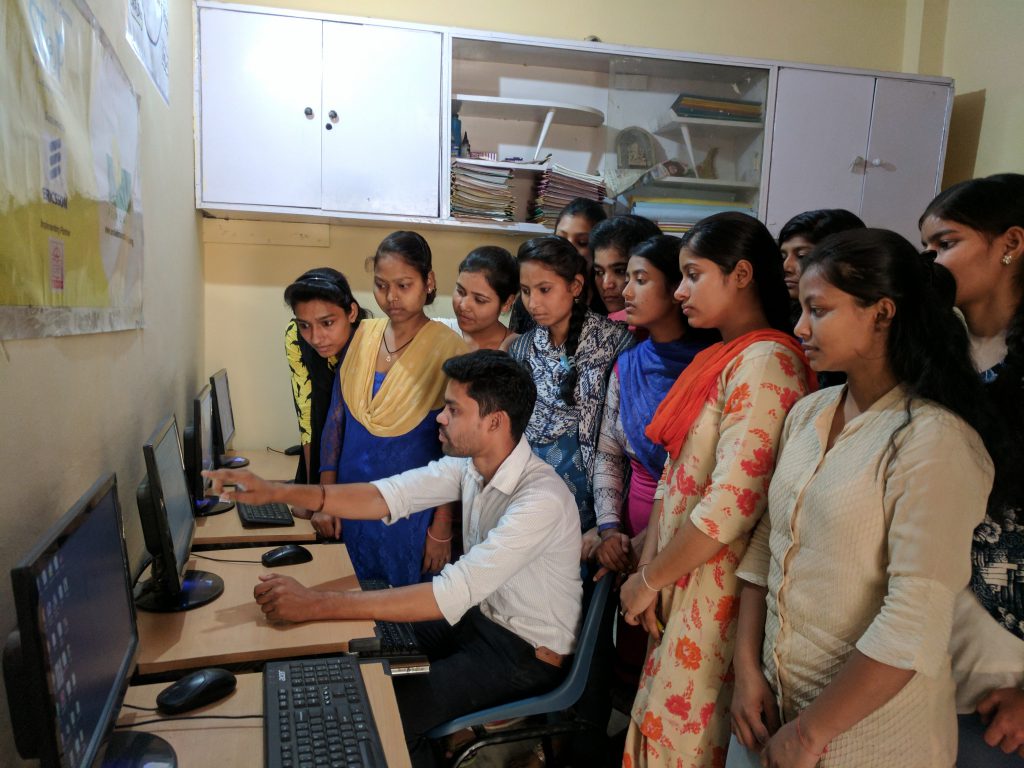Fighting the recent pandemic and the glaring inequities it brought to the forefront, a discernible shift in giving practices has emerged in prominent changemakers. This transformative trend emphasizes more partnerships, fewer regulatory constraints, and a heightened awareness of power dynamics and other social justice issues.
Recognizing the potential of doing good to shape social change agendas, there is a concerted effort to optimize the use of funds and address the structural causes of inequity. These practices aim to rebalance power dynamics, placing decision-making authority closer to the nexus of change. Simultaneously, there is a renewed commitment to invest more in local communities and support grassroots organizations and processes.
Here are some of our practical insights aimed at supporting grassroots organizations–
1. Understanding the Portfolio Requirement
Building a portfolio with grassroots organizations necessitates a purpose-built organizational structure. This involves rethinking impact assessment, and it requires supporting networking and collaboration, emphasizing due diligence, risk assessments, and accountability reporting that incorporate the strengthening and connectivity of grassroots organizations. Creating an effective constellation of local organizations may be challenging for donors without a national presence in funded areas, but meaningful inclusion in the design and decision-making of awards is crucial.
For instance, Smile Foundation engages trusted network partners on the ground to identify local actors, fostering collaboration over competition. This collaborative approach encourages mutual support across organizations, crucial for sector-level breakthroughs.
2. Clear Ground Rules for the Partnership
Initiating partnerships with local entities must begin with clear principles outlining conditions of collaboration. These principles guide everyday decisions about investments, relationships, systems setup, and success evaluation. Explicit principles, appropriate to the character of the funding partner, can take the form of a commitment to building capabilities of implementing partners or a set of beliefs governing collaboration. These principles act as guideposts for employees, partners, and peers, providing a common language for discussing missteps and improving collaboration.
Our Empowering Grassroots training sessions focus on listening and engaging locally, inviting partners into an explicit learning process. This commitment has led to shifts in funding strategies, such as supporting systems change and enabling investments based on partner feedback.
3. Rethink Risk, Foster Evidence-Building Capacity, and Invest Tactfully
Philanthropists should recalibrate views on evidence of impact, acknowledging the need for the short-term development of new skills and capabilities in grassroots organizations. Beyond traditional risks of investment failure, funders must consider the risks of harm from extractive approaches that utilize local knowledge without investing sufficiently in local systems and capabilities. The costs of investment should account for building dynamic learning systems within grassroots organizations.
Upon selecting grassroots organizations, philanthropists should be willing to invest in their organizational development, prioritizing needs articulated by the organizations themselves. This involves making investments individually or as part of a cohort, with an exploration and assessment process agreed upon by all parties. Such investments are critical for organizations to understand their development areas, and unrestricted funding can be especially beneficial for the long-term growth of local organizations.
Every development organization encounters challenges when making significant decisions, such as ensuring the meaningful involvement of participants in decision-making, developing effective talent management strategies, and planning for new lines of work. While having financial resources is undoubtedly beneficial in addressing these issues, the value of connections with experts and peers who have confronted similar challenges, providing support to allow talented staff the time to lead processes, and offering direct coaching to senior managers can be equally valuable, if not more so, than outcome-based funding. To determine the most effective support, funding partners simply need to engage in open communication and inquire about the specific needs and preferences of the local organizations they aim to assist.









